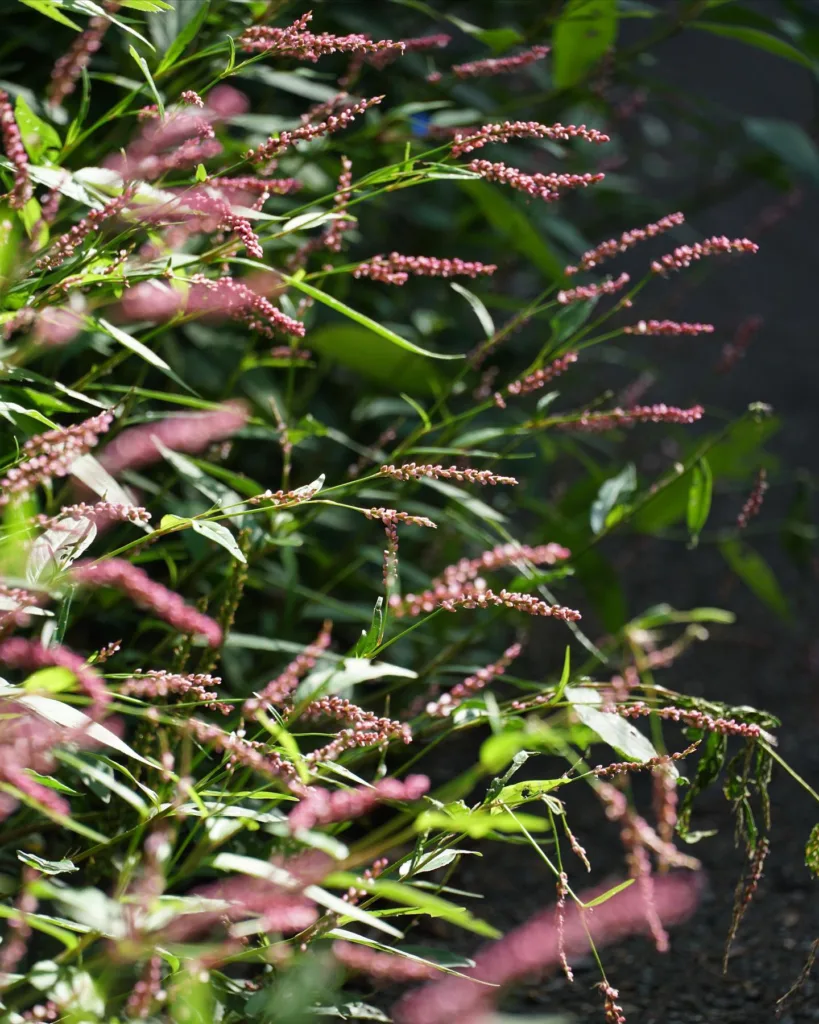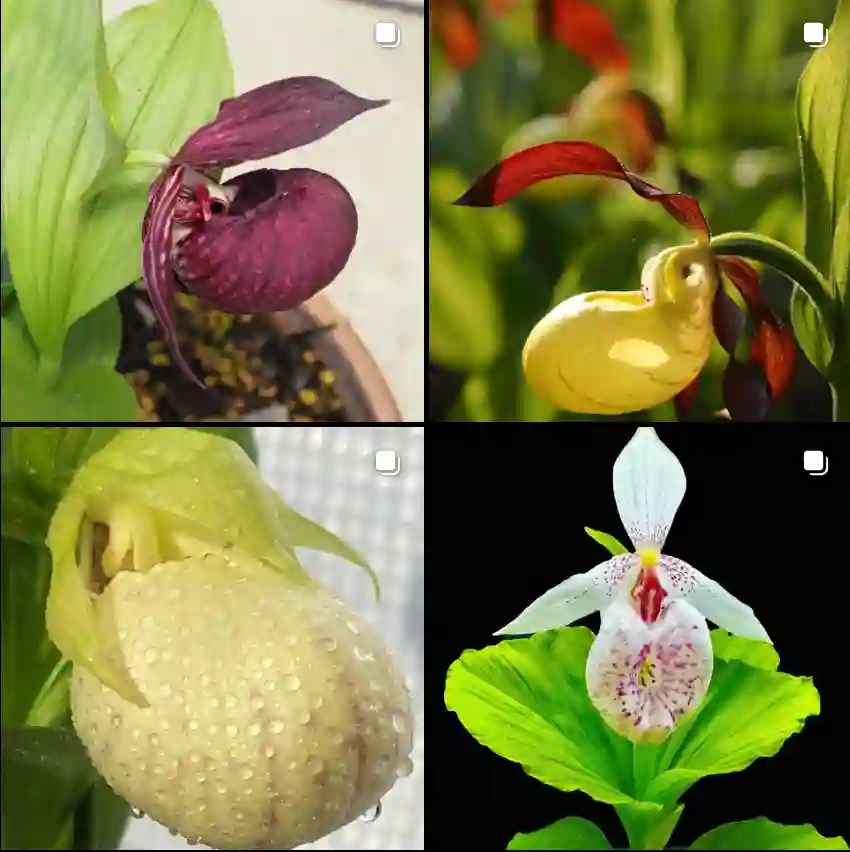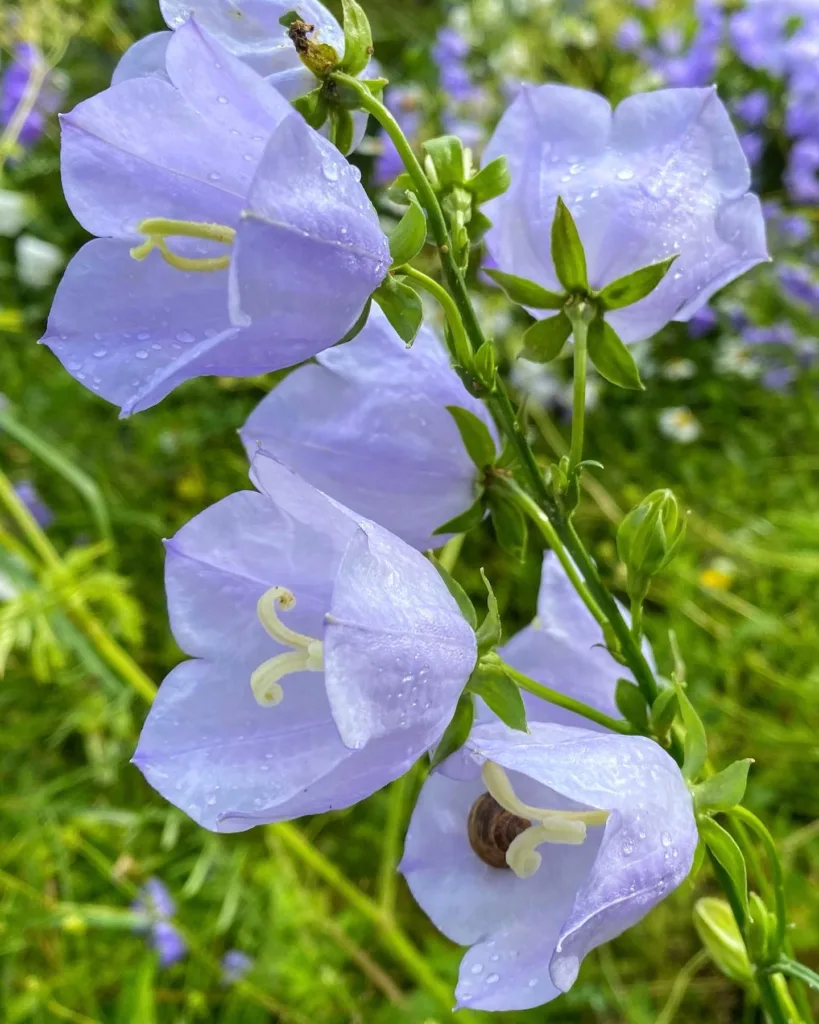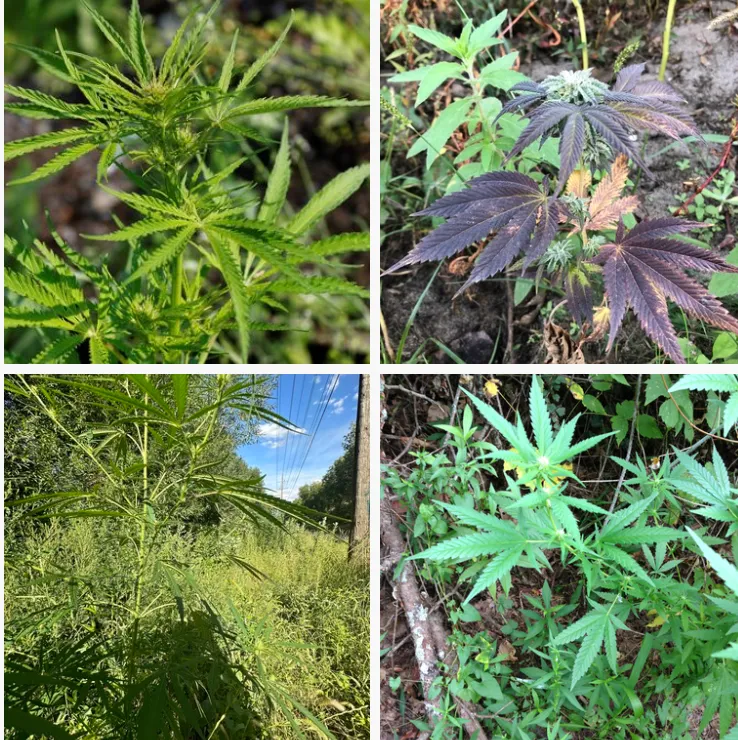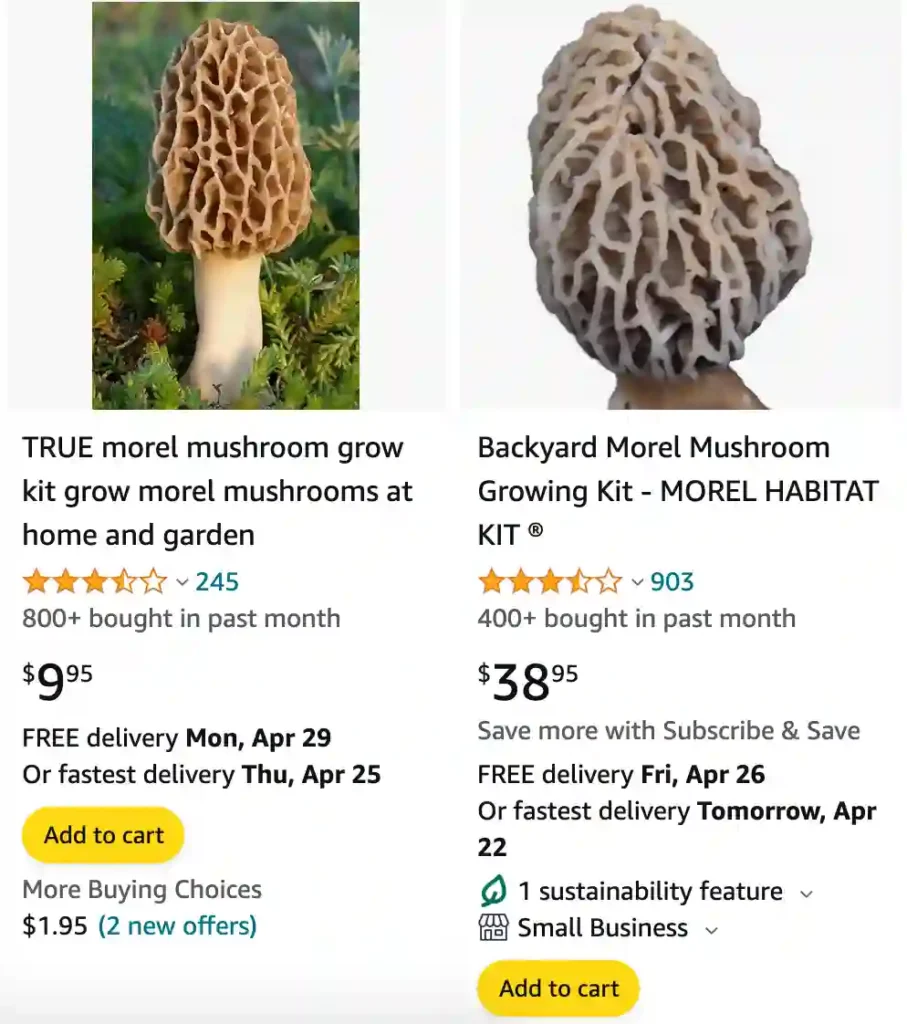
Morel Mushrooms – Morchella Esculenta
As an avid nature enthusiast, I’ve always been drawn to the forest’s hidden treasures. Among the most captivating of these is the morel mushroom, scientifically known as Morchella esculenta. These fungi, with their honeycomb-like caps and earthy allure, have captivated foragers, chefs, and mushroom lovers for centuries. Let me share my journey with this fascinating organism—its biology, habitat, culinary relevance, and cultural significance.
Discovering Morels in the Wild
My introduction to morel mushrooms was serendipitous. During a spring hike, I stumbled upon a cluster nestled beneath an old elm tree. Their distinct appearance—spongy caps resembling honeycomb structures—caught my eye immediately. It felt like finding gold in the woods. Morels are elusive, camouflaging themselves perfectly with the leaf litter and soil, making each discovery feel like a small victory.
The biology of Morchella esculenta is as intriguing as its appearance. Morels belong to the phylum Ascomycota, distinguished by their sac-like spores. Their unique structure isn’t just aesthetic; it increases the surface area for spore production, ensuring their proliferation. They form symbiotic relationships with trees, sharing nutrients in a mutually beneficial exchange—a natural marvel that underscores the interconnectedness of ecosystems.
The Perfect Habitat
Understanding where morels grow has been key to my foraging success. They thrive in temperate forests, especially in areas with rich, loamy soil. Morels often pop up in spring after a good rain, favoring the moist environment. I’ve found them near dying or recently dead trees like elms, ashes, and oaks. Disturbed areas, such as those affected by wildfires, also tend to host morels—a phenomenon I find fascinating. This preference for post-disturbance areas highlights their ecological role in nutrient cycling.
I’ve learned to keep an eye on the soil temperature too. Morels tend to emerge when the soil warms to about 50°F. Timing, as with many things in nature, is everything. Foraging for morels requires patience, sharp observation, and a willingness to embrace trial and error.
Culinary Gold
Once I’d harvested my first batch, I discovered why morels are so revered in the culinary world. Their flavor is unparalleled—nutty, earthy, and slightly smoky. I’ve used them in everything from creamy risottos to simple sautés with butter and garlic. Their texture is meaty yet delicate, making them a versatile ingredient that elevates any dish.
One of my favorite ways to enjoy morels is in a classic cream sauce poured over a perfectly cooked steak. The morels’ robust flavor complements the meat beautifully, creating a dish that feels luxurious yet grounded in nature. However, morels must be cooked thoroughly, as raw morels contain small amounts of hydrazine toxins that cooking neutralizes.
Cultural Significance
Morels aren’t just a culinary delight; they hold cultural and historical significance. Native American tribes valued them not only as a food source but also for their medicinal properties. Today, morels are a symbol of spring and renewal for many foragers. In some regions, festivals celebrate the morel mushroom season, uniting communities in their shared love for this seasonal treasure.
Their economic impact is also notable. Morels fetch high prices in the market due to their short growing season and the difficulty of cultivation. I’ve seen dried morels sold for upwards of $200 per pound. This rarity adds to their mystique and desirability.
Challenges of Foraging
Foraging for morels isn’t without its challenges. The risk of misidentification is real, with false morels (Gyromitra species) posing a threat to inexperienced foragers. These impostors can be toxic and even fatal if consumed. I’ve made it a rule to thoroughly research and cross-reference every mushroom I pick. If in doubt, I leave it behind.
Sustainability is another concern. Overharvesting can deplete local populations, disrupting the delicate balance of ecosystems. I always follow the principle of taking only what I need and leaving plenty for the environment and future foragers.
FAQs
Where to find morel mushrooms?
I’ve found morel mushrooms in damp, wooded areas, especially near dead or dying elm trees in early spring.
How to cook morel mushrooms?
Cooking morel mushrooms with butter and garlic brings out their rich, earthy flavor beautifully.
Can you grow morel mushrooms?
Yes, you can grow morel mushrooms, though it requires patience and the right conditions.
How to grow morel mushrooms?
Growing morel mushrooms can be tricky, but starting with a morel mushroom kit has worked well for me.
How to clean morel mushrooms?
Cleaning morel mushrooms gently with a soft brush and a quick rinse under cold water is crucial to remove any dirt and bugs.
Can you freeze morel mushrooms?
Freezing morel mushrooms after lightly sautéing them in butter preserves their flavor for later use.
How to fry morel mushrooms?
Frying morel mushrooms coated in a light batter makes for a crispy, delicious treat.
How to store morel mushrooms?
Storing morel mushrooms in a paper bag in the refrigerator keeps them fresh for a few days.
What does morel mushrooms taste like?
The taste of morel mushrooms is nutty, meaty, and uniquely umami, making them a prized ingredient in many dishes.
How much are morel mushrooms?
The price of morel mushrooms can be quite high, often around $20 to $30 per pound due to their rarity.
Where to buy morel mushrooms?
I’ve had luck buying fresh morel mushrooms at local farmers’ markets during their season.
Do deer eat morel mushrooms?
I’ve seen deer nibbling on morel mushrooms, so they definitely seem to enjoy them.
How fast do morel mushrooms grow?
Morel mushrooms can grow quite fast, sometimes appearing just a few days after rain.
How to dehydrate morel mushrooms?
Dehydrating morel mushrooms in a food dehydrator has allowed me to enjoy them year-round.
How to dry morel mushrooms?
Air-drying morel mushrooms in a well-ventilated area keeps them preserved for later use.
What trees do morel mushrooms grow around?
Do turkeys eat morel mushrooms?
I’ve heard of turkeys eating morel mushrooms, though I haven’t witnessed it myself.
Can dogs have morel mushrooms?
While some mushrooms are safe for dogs, I wouldn’t risk giving morels to mine.
Can you grow morel mushrooms inside?
Growing morel mushrooms inside is possible with the right setup and controlled environment.
How to use dried morel mushrooms?
Using dried morel mushrooms in soups and sauces rehydrates them and intensifies their flavor.
Can chickens eat morel mushrooms?
I wouldn’t feed morel mushrooms to chickens since I’m unsure of their safety for them.
Do cows eat morel mushrooms?
Cows don’t seem interested in morel mushrooms from what I’ve observed.
How many types of morel mushrooms are there?
There are several types of morel mushrooms, including the common yellow morel and the black morel.
How to cook morel mushrooms in air fryer?
Cooking morel mushrooms in an air fryer with a light breading creates a healthy, crispy snack.
Where do morel mushrooms grow map?
A good morel mushroom map often shows they grow abundantly in the Midwest and parts of the Eastern US.
Do morel mushrooms grow in Florida?
Morel mushrooms do not typically grow in Florida due to its climate.
Do morel mushrooms grow in Alabama?
Morel mushrooms can be found in Alabama, especially in wooded areas.
Do morel mushrooms grow in North Carolina?
In North Carolina, morel mushrooms are often found in the mountains in early spring.
Do morel mushrooms grow in South Carolina?
I’ve had success finding morel mushrooms in South Carolina’s forested areas.
Do morel mushrooms grow in California?
California’s varied climate means you can find morel mushrooms in certain regions, especially after a wet season.
Do morel mushrooms grow in Colorado?
In Colorado, morel mushrooms are commonly found in the spring, particularly in burn areas from wildfires.
Do morel mushrooms grow in Louisiana?
Louisiana’s climate isn’t ideal for morel mushrooms, making them rare there.
Do morel mushrooms grow in Mississippi?
Morel mushrooms grow in Mississippi, typically in the springtime in hardwood forests.
How to find morel mushrooms in Minnesota?
In Minnesota, I’ve found morel mushrooms by searching around old apple orchards and dead elms.
Do morel mushrooms grow in Tennessee?
Tennessee’s rich, forested areas are good spots to search for morel mushrooms.
How to find morel mushrooms in Ohio?
In Ohio, looking in shaded, moist areas around fallen trees has led me to morel mushrooms.
How to find morel mushrooms in Wisconsin?
Wisconsin’s forests are a great place to find morel mushrooms, particularly in the spring after the first warm rains.
Personal Reflection
Every spring, I look forward to morel hunting. It’s not just about the mushrooms; it’s about the connection to nature, the thrill of the hunt, and the satisfaction of cooking something I’ve harvested myself. Morels remind me of nature’s abundance and its fragility. They teach patience, observation, and respect for the land.
If you’ve never foraged for morels, I urge you to try. Equip yourself with knowledge, respect nature, and embark on an adventure that is as enriching as it is delicious. For me, Morchella esculenta is more than a mushroom—it’s a symbol of the intricate and wondrous tapestry of life.
If i die, water my plants!
